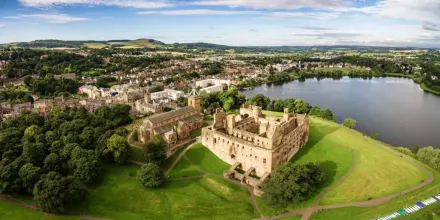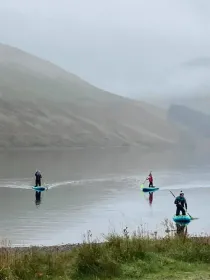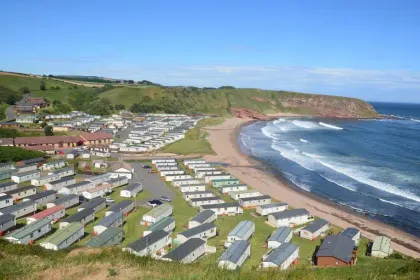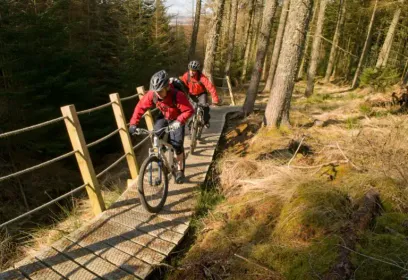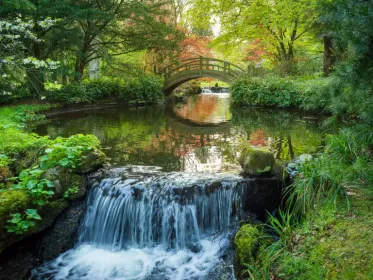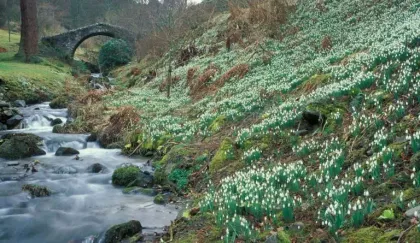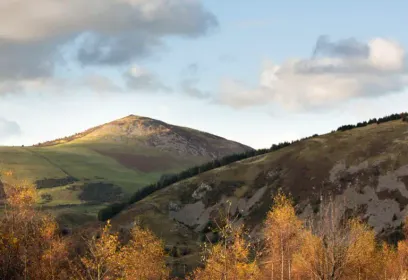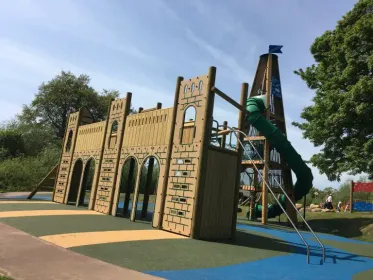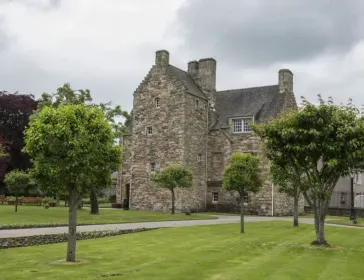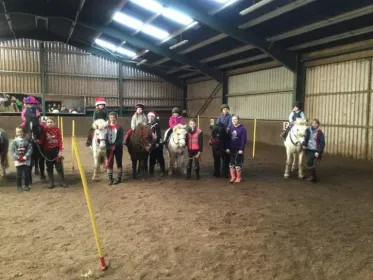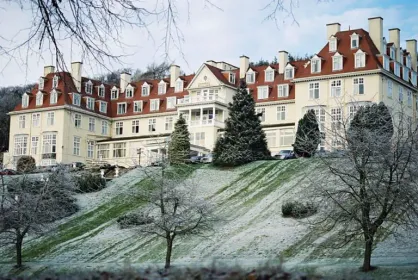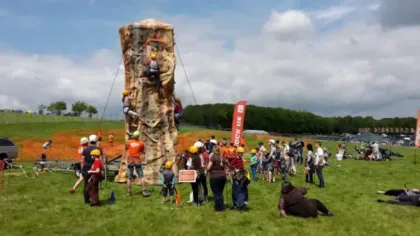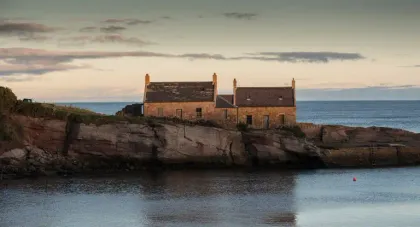
The Scottish Borders, a region of captivating landscapes and rich history, offers an array of activities for visitors. From ancient abbeys to scenic walking trails, the Borders cater to history buffs, nature lovers, and adventure seekers alike. This guide will help you discover the best things to do in this enchanting region, ensuring your visit is both memorable and fulfilling.
Explore Historic Abbeys
The Borders are renowned for their magnificent historic abbeys, each with its own unique story. Melrose Abbey, founded in 1136 by Cistercian monks, is known for its beautiful Gothic architecture and the heart of Robert the Bruce reportedly buried here. Jedburgh Abbey, a stunning example of Romanesque and early Gothic architecture, was founded in the 12th century. Kelso Abbey and Dryburgh Abbey also offer fascinating insights into Scotland’s monastic past. These sites not only provide a window into medieval times but also feature beautiful gardens and grounds perfect for a leisurely stroll.
Take a Walk Along the River Tweed
The River Tweed is one of Scotland’s great rivers, winding through the heart of the Borders. Walking along its banks offers picturesque views and a peaceful escape into nature. The Tweed Walks cover various routes suitable for all abilities, from short strolls to more challenging hikes. Fishing enthusiasts will also find some of the UK’s best salmon fishing spots along this river.
Visit Floors Castle & Gardens
Floors Castle, located near Kelso, is Scotland’s largest inhabited castle and home to the Duke of Roxburghe. This stunning estate boasts impressive collections of art, tapestries, and furnishings set within beautifully landscaped gardens. The Victorian Walled Garden is particularly noteworthy for its ornamental plants and fruit trees. Visitors can enjoy guided tours of the castle or explore at their own pace with self-guided options.
Discover Sir Walter Scott’s Abbotsford
Sir Walter Scott’s Abbotsford house near Melrose provides an intimate glimpse into the life of one of Scotland’s most famous literary figures. The house displays an extensive collection of historical relics, armor, and books that belonged to Scott himself. The beautiful gardens surrounding Abbotsford were designed by Scott as well and are worth exploring for their serene beauty.
Enjoy Outdoor Activities at Glentress Forest
For those seeking adventure in the great outdoors, Glentress Forest offers mountain biking trails ranked among the best in Britain. With routes suitable for beginners through to experienced riders looking for adrenaline-pumping descents, there’s something here for everyone. Additionally, walking trails through this forest provide opportunities to spot local wildlife while enjoying breathtaking views over Peeblesshire.
Savor Local Flavors at Farmers’ Markets
The Scottish Borders boast numerous farmers’ markets where you can sample and purchase locally-sourced produce including fresh fruits & vegetables; artisan cheeses; meats; baked goods; and crafts made by local artisans. Notable markets include those held in Peebles on Sundays and Kelso on Saturdays – perfect opportunities to support local producers while savoring delicious regional flavors.
Experience Traditional Border Common Ridings
An experience unique to this region is attending one of its traditional Border Common Ridings festivals held annually from June through August across various towns including Hawick Selkirk Galashiels Jedburgh These events commemorate ancient practices dating back hundreds years when community members would ride boundaries protect against raiders Today they involve spectacular horseback processions games music making them must-see cultural experiences
Uncover Local History at Museums
To gain deeper insight into Borders’ rich heritage visit local museums such as National Mining Museum Scotland Newtongrange which tells story coal mining industry area or Mary Queen Scots Visitor Centre Jedburgh which focuses on tragic yet fascinating life Mary Stuart Other notable mentions include Coldstream Museum detailing town’s military history Jim Clark Motorsport Museum Duns celebrating two-time Formula One World Champion who hailed from region
Things You Wouldn’t Want To Miss:
- Taking part or spectating at one of the thrilling Border Common Ridings festivals.
- Exploring Melrose Abbey under moonlight during one its evening tours offering a different perspective on this historic site.
- Catching sight salmon leaping up cauld (weir) especially during autumn months when they migrate upstream spawn
- Hiking up Eildon Hills Melrose which offer panoramic views across entire region clear day can even see Edinburgh distance
- Tasting traditional Scottish delicacies like haggis neeps tatties (turnips potatoes) available many pubs restaurants throughout area
- Finding perfect souvenir among handcrafted items sold farmers’ markets artisan shops dotted around towns villages
This guide merely scratches surface what has offer Whether you’re interested history outdoor adventures simply relaxing amidst stunning scenery sure find something love Remember take time soak atmosphere immerse yourself local culture truly unforgettable experience
Quick links...
Browse locations in Scotland
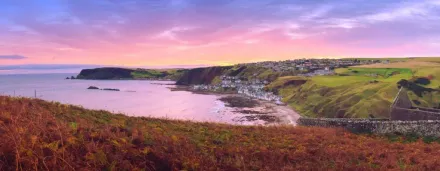
52 things to do in Aberdeenshire

39 things to do in Aberdeen
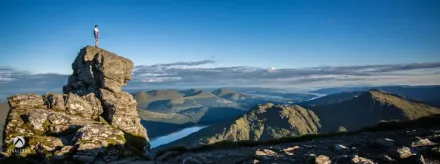
67 things to do in Argyll & Bute
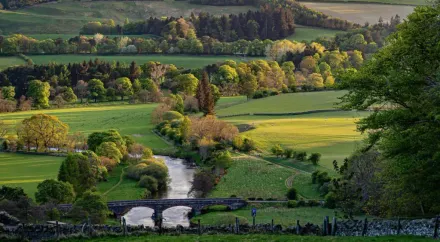
29 things to do in Borders

32 things to do in Dumfries and Galloway

27 things to do in Dundee
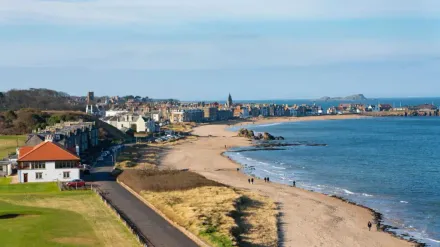
33 things to do in East Lothian

106 things to do in Edinburgh
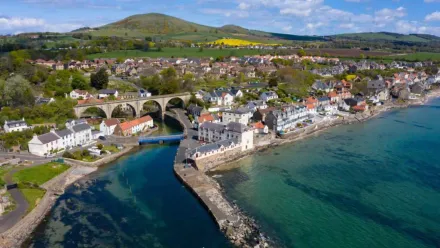
45 things to do in Fife
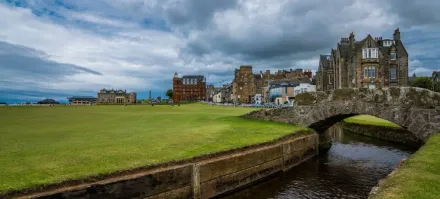
28 things to do in St Andrews

121 things to do in Glasgow
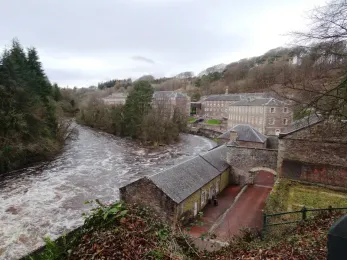
20 things to do in Lanarkshire

12 things to do in Livingston

18 things to do in Loch Lomond
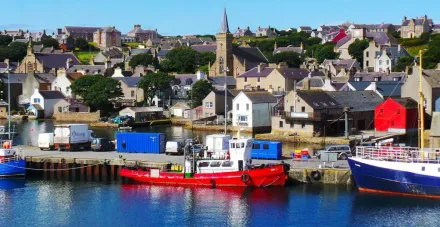
11 things to do in Orkney

22 things to do in Perthshire
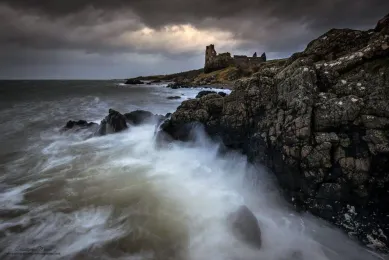
13 things to do in South Ayrshire
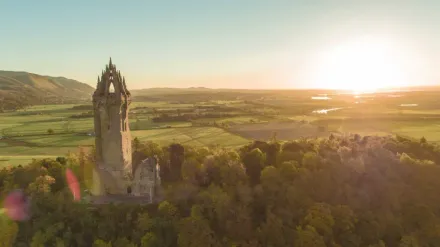
15 things to do in Stirling

41 things to do in the Hebrides

12 things to do in Skye

100 things to do in the Highlands

12 things to do in Fort William

31 things to do in Inverness
